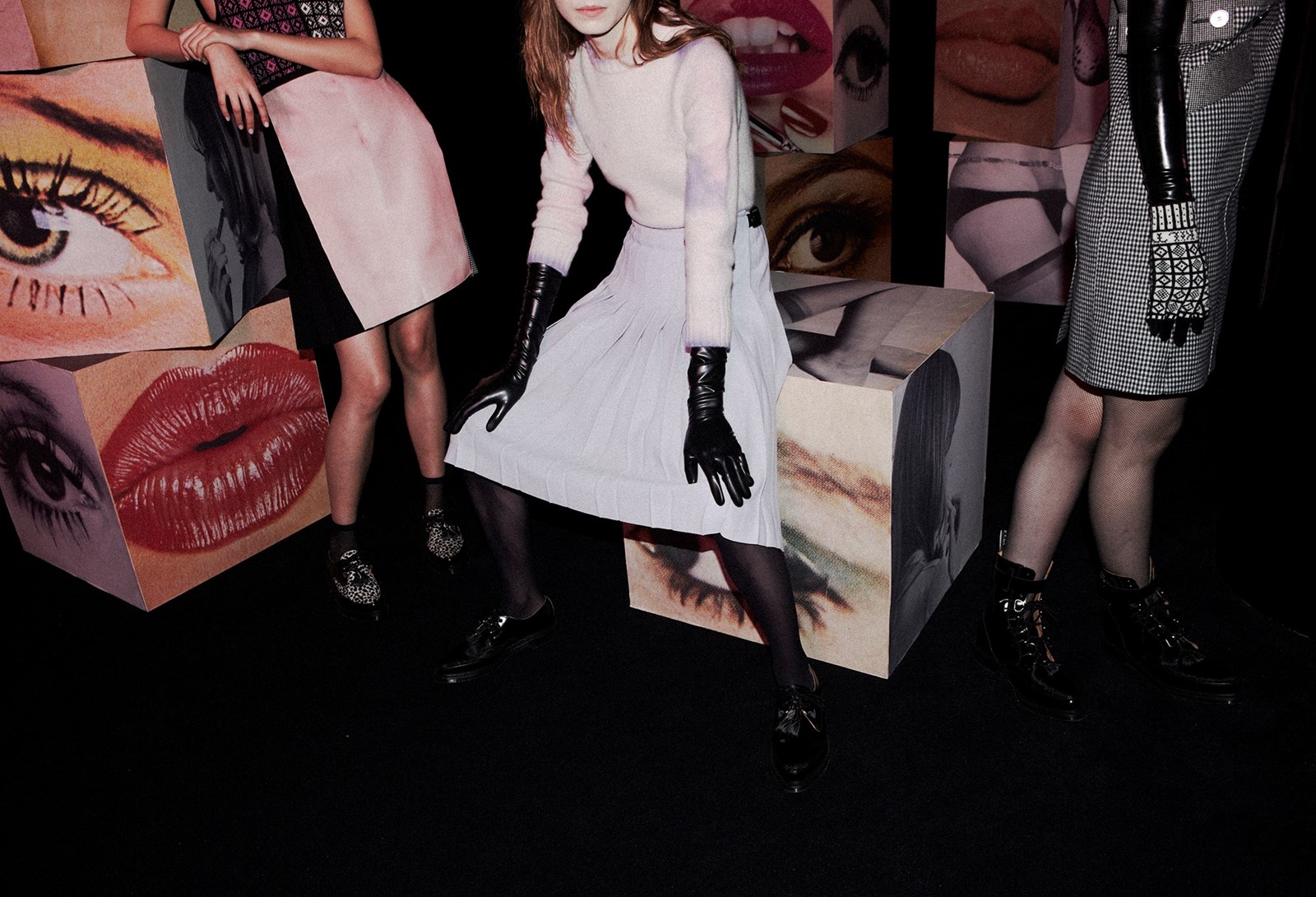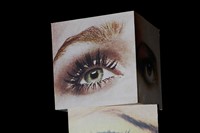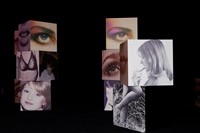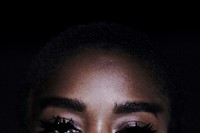The boxed bundles sent to announce Le Kilt’s Autumn/Winter 2017 presentation this season contained a heap of intensely personal odds and ends – a rich assortment of the precious and nostalgic ephemera a teenage girl amasses in her bedroom. And that, in effect, is what it was; a portrait in objects of the brand’s founder, Sam McCoach, encompassing the family, friends and things which have made her. There was a black plastic belt buckle tagged with its production number; a badge from Los Amigos Beach Club, where she and her family went on holiday every summer for 15 years; a reference to a ‘soor ploom’ (a Scottish sweet), and lists on lists, printed on scanned fabric swatches – of places, objects, rules for life. “I wanted to show a little bit more of my personality,” she explains, and where for some designers such an enterprise might be seen as indulgent, in McCoach’s defiantly modest way it is completely apt – an insight into the stories which inform every aspect of Le Kilt’s offering.
This was, as always, a deeply personal collection for McCoach, who started the brand in 2014 as a contemporary riff on her family’s kilt-making heritage, underpinned by her own nuanced blend of 60s subcultures and a love of traditional Scottish craftsmanship. Not one to force her vision forwards for the sake of it, she started with the kilt, and has been evolving, steadily but quietly, ever since. There’s an integrity to this approach which makes it completely irresistible. The ‘classics’ McCoach started with are updated each season to include new fabrics, new techniques, new collaborations – but always informed by her own taste and experience. And so the sight of the Le Kilt girls perched on huge 3D boxes covered with old family photographs, beauty snaps and blotted lipstick circles, glaring out to the mournful melodies of the string quartet playing in the corner, couldn’t feel truer to her.
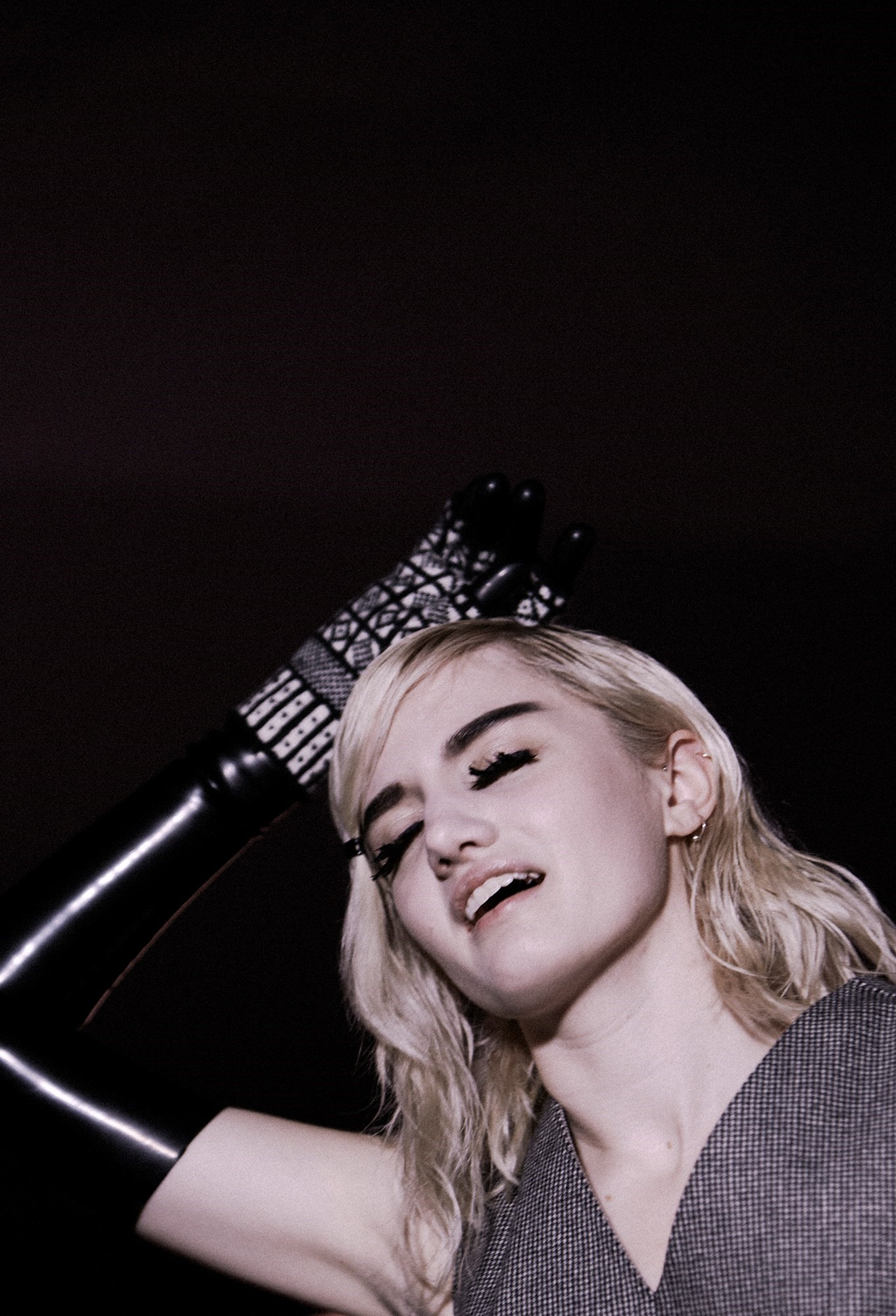
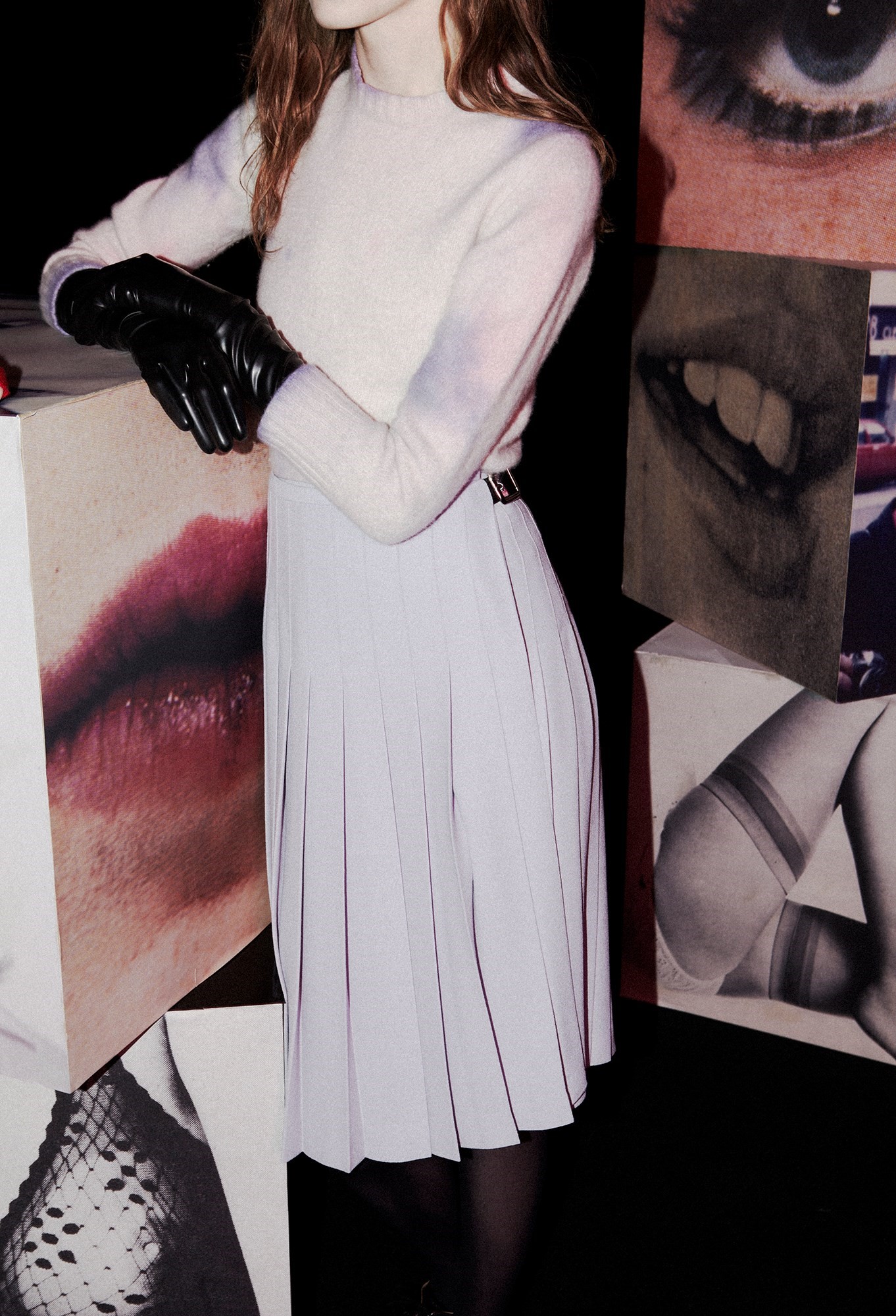
The line is divided into a series of pillars: the kilts themselves – this season brings a longer length, more mixed tartans, and slick PVC panelling; a cashmere offering, featuring hand-felted wools, their edges tinted with dye, in a nod to inevitable washing mishaps (“happy accidents!” she explains, cheerily); woollen berets; the George Cox shoes she first introduced last season, now with a pointed toe. “So, nothing bonkers,” she says.
There are some completely new additions, too. This season saw the introduction of denim for the first time, in a long-sleeved indigo dress and a short jacket, created at Blackhorse Lane Ateliers, the London manufacturer known and loved for its meticulous approach to the fabric. It also marks the introduction of a collaboration with Mackintosh, the Scottish brand founded in 1824 which is so famous for its outerwear that the name has, in fact, become synonymous with it. It’s a perfect match; McCoach has made a series of ten pieces in two colourways – simple 60s A-line jackets in varying lengths, and pinafore dresses with bold button fastenings, their corresponding trademark belts worn high on the waist. The collaboration consisted primarily of her rummaging through its factory, (“which is actually next door to the Irn-Bru factory!” she exclaims, delighted) for old limited-run samples and archive buttons. “I’ve been spending a lot of time there for a few months working with the pattern cutter,” she says. “He’s 72 and he’s called Eddie, he’s been there for years and years and years. He only works three days a week now and he’s just wonderful. He calls me up on my mobile like ‘Sam, do you want it like this?’” As in everything Le Kilt does, integrity was key. “For me, it was really important to work with their traditional Scottish fabric, which is the rubberised pieces. Everyone in the factory there knows how to make something from start to finish.”
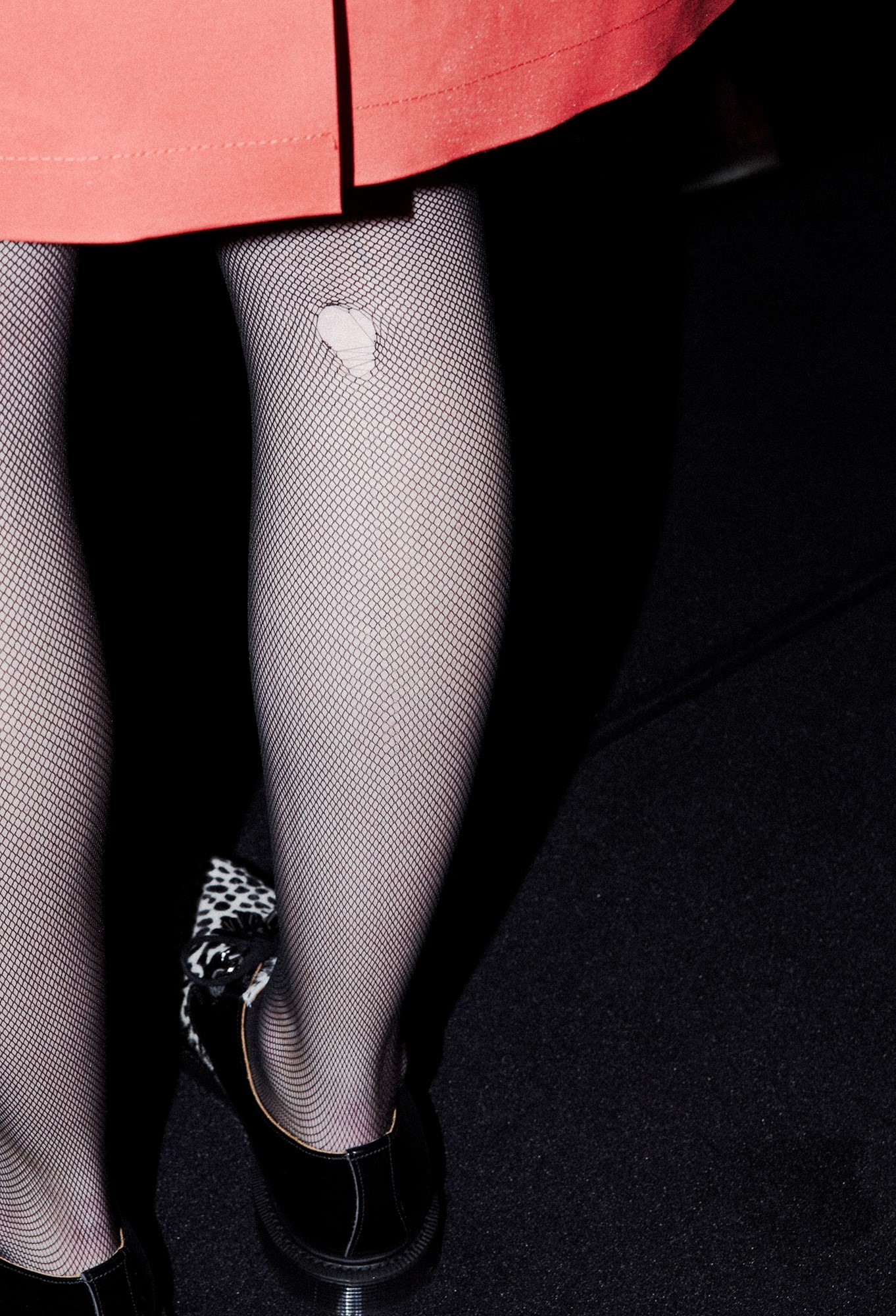
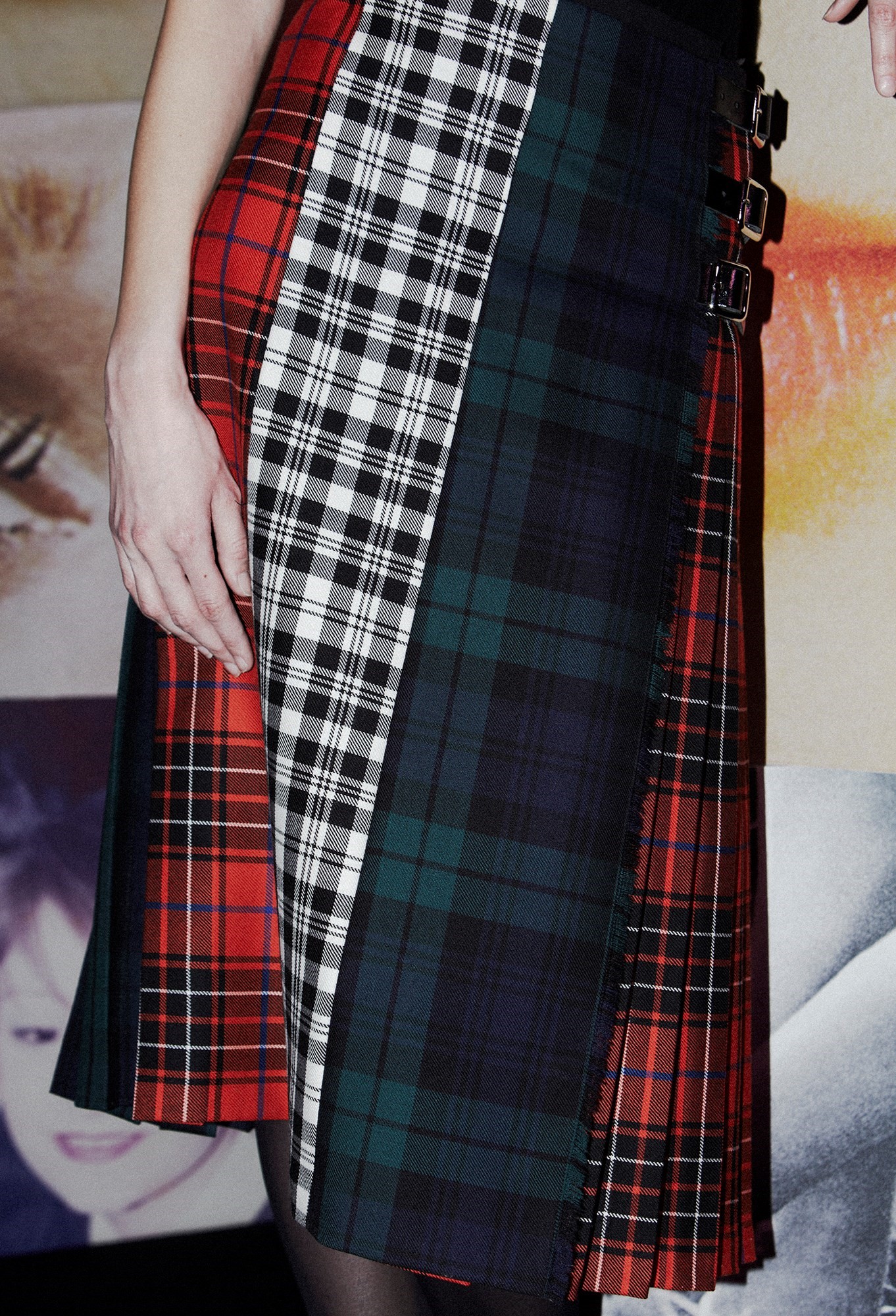
Between the kilts, which are made in Glasgow, the knits produced in Sanquhar, and the Mackintosh factory in Cumbernauld, the collection feels something like a tour of Scotland and its traditional artisans – an approach which is somewhat radical during an era of global production methods. But it’s also very much rooted in family, says McCoach: the things they teach you which, try as you might, you can’t get away from. “It’s all very much around my mother and my granny, things and lessons that they’ve passed on to me,” she says. These range from the enormous to the seemingly inconsequential, but they all have their part to play. “For example, I use a Denman hairbrush, black, with white bristles, because I have since I was a little girl. And I’ll only use the Elnett hairspray in the gold can, and they taught me that it’s important to wear good tights.”
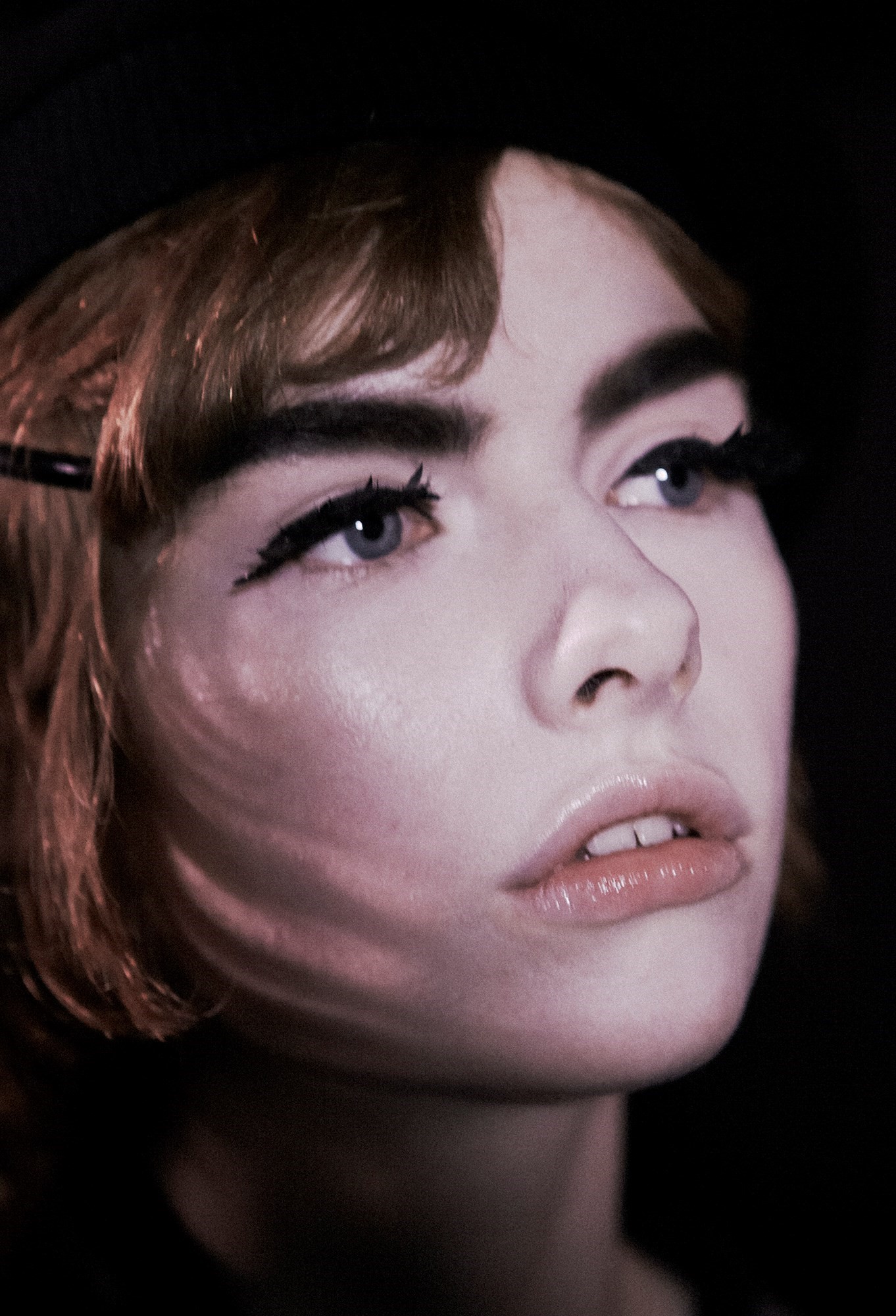
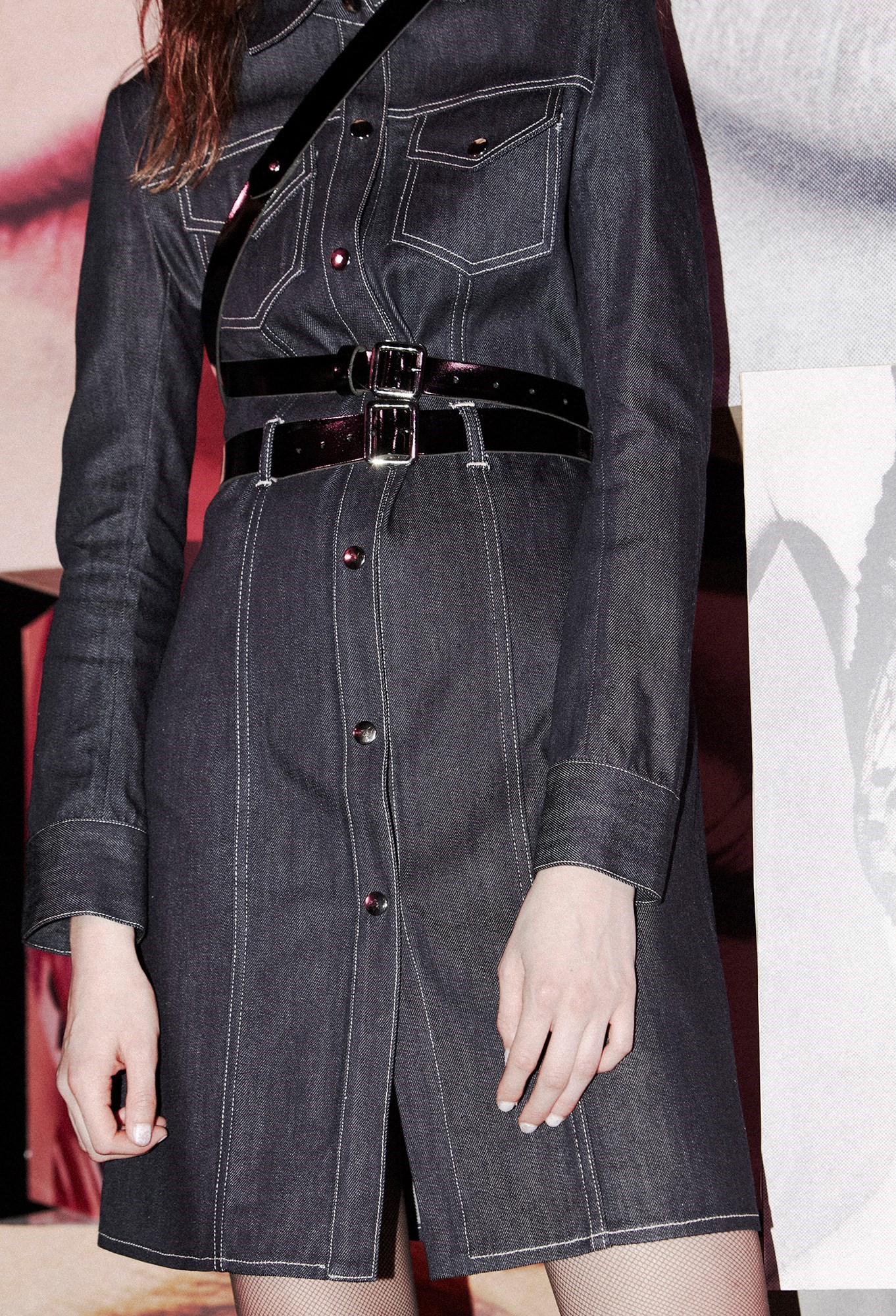
These little tidbits of her own life, golden rules inherited from those around her, “they’re not necessarily ‘fashion things’, but they are the reasons why I got into doing what I’m doing,” she says. Beauty was key, too; it’s the first tool with which teenage girls can experiment with different subcultures, after all. “My mum has worked in beauty since forever,” she says – “behind the counters for Dior, Clinique and YSL. She’s always been very glam. She used to blot her lipstick on things everywhere, like Silk Cut packets, and I used to collect them in a scrapbook.” These references spread to the beauty looks themselves – the models’ long lashes heavy with mascara, there’s more than a dose of glamour to go with the grit. Laddered fishnets feel almost rebellious by comparison. With its focus on traditional makers and a grounding in McCoach’s own story, the collection is political precisely through how personal it is; as she grows, so too will Le Kilt. “The clothes are not revolutionary or anything like that,” she says, her modesty deafening, “but it is always evolving, and it always has.” And that willingness to let it seems revolutionary in and of itself.
For our A/W17 fashion week coverage, anothermag.com is collaborating with Gasoline, a photography collective working with visual artists around the world. Here, photographer Magdalena Siwicka presents a look behind the scenes at Le Kilt.
